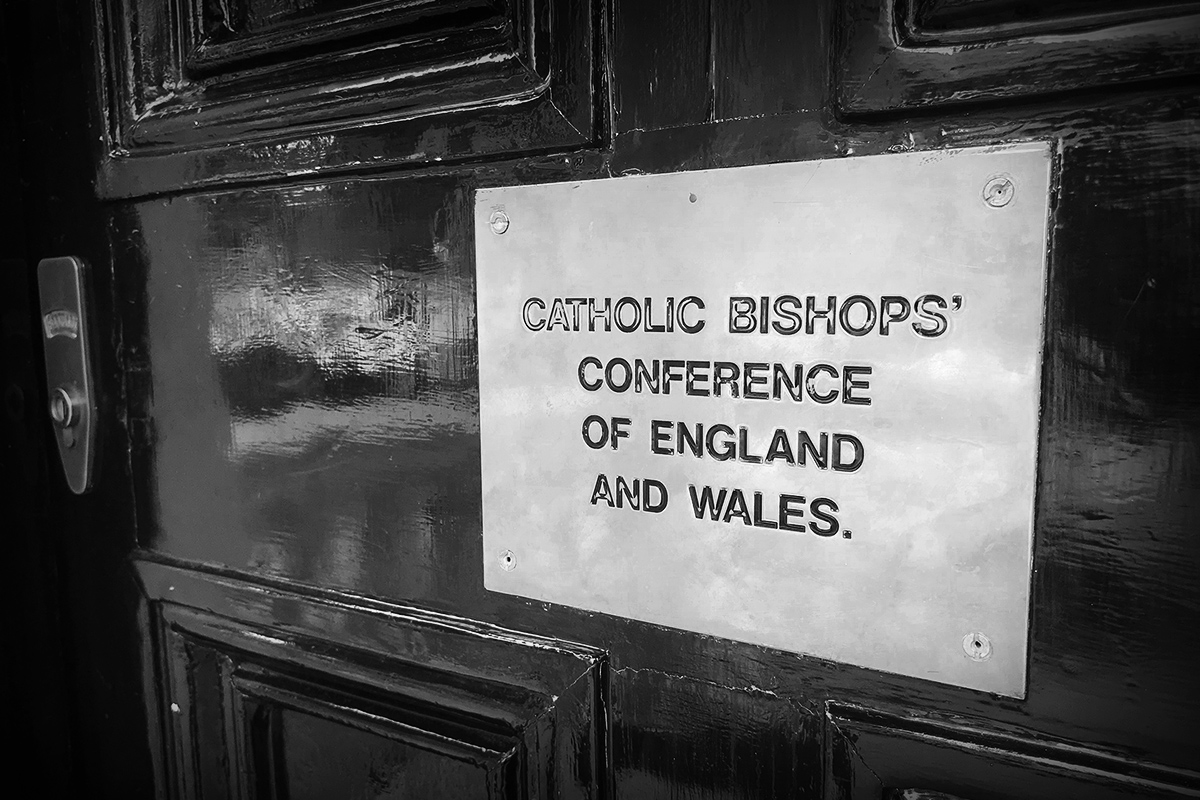
Here you can read a comment from the Anscombe Bioethics Centre after the Human Fertilisation and Embryology Authority (HFEA) approved the use of mitochondrial donation in certain specific cases.
Comment
In February 2015, Parliament passed regulations on what is euphemistically called “mitochondrial donation”. What the Human Fertilisation and Embryology (Mitochondrial Donation) Regulations 2015 actually permit is not transfer of mitochondria but is the transfer of nuclear DNA either between human eggs (Maternal Spindle Transfer, MST) or between human embryos (Pro-Nuclear Transfer, PNT). The media terms these the creation of “three parent babies”: a term that particularly applies to MST where the gametes (sperm or egg cells) of three people would be used and the child would have genes from all three people.
In November 2016, a scientific review panel recommended to the Human Fertilisation and Embryology Authority (HFEA) that “in specific circumstances, MST and PNT are cautiously adopted in clinical practice where inheritance of the disease is likely to cause death or serious disease and where there are no acceptable alternatives.”
Since this recommendation, the HFEA has been considering whether these techniques should be implemented in clinical practice and, thus, whether it should invite clinics to apply for licences.
Ethical Considerations
It is important to note that the two techniques approved (MST and PNT) do not cure anyone of mitochondrial disease. They are not aimed at any existing child or adult: this is indeed part of the objection to the quite unnecessary risks the techniques create for those produced and their descendants.
The techniques begin with a donor egg (MST), or with an embryo created from a donor egg (PNT) that is free from mitochondrial disease, and then replace the nuclear material with nuclear material taken from the egg or embryo of the woman who wants a baby, so that the child born will be genetically related to her in some way. This all but erases the egg donor mother or the donor embryo from the picture without adding to the safety of standard egg or embryo donation.
Transfer of nuclear DNA is a form of genetic engineering which affects the germline, and at present scientists do not know what problems resulting from the techniques might be passed on to offspring of the resulting babies. It crosses the Rubicon into the deliberate genetic manipulation of future generations, which has been widely prohibited and condemned by various international declarations.
Last and not least, the technique developed by scientists in Newcastle (PNT) destroys two human embryos for every one embryo produced, because in PNT an embryo with faulty mitochondria and one without are combined and destroyed to produce a third, new embryo. Hundreds of embryos have already been destroyed in developing the technique. This experimentation has shown a casual disregard for early human lives.
The decision by the HFEA that it will consider applications for licences is therefore not a welcome development. Rather, it is a further example of allowing genetic manipulation and destruction of early human lives, not for the sake of curing disease, but for the sake of enabling a woman to give birth to an “acceptable” genetically-related child.
David Albert Jones
Director
The Anscombe Bioethics Centre